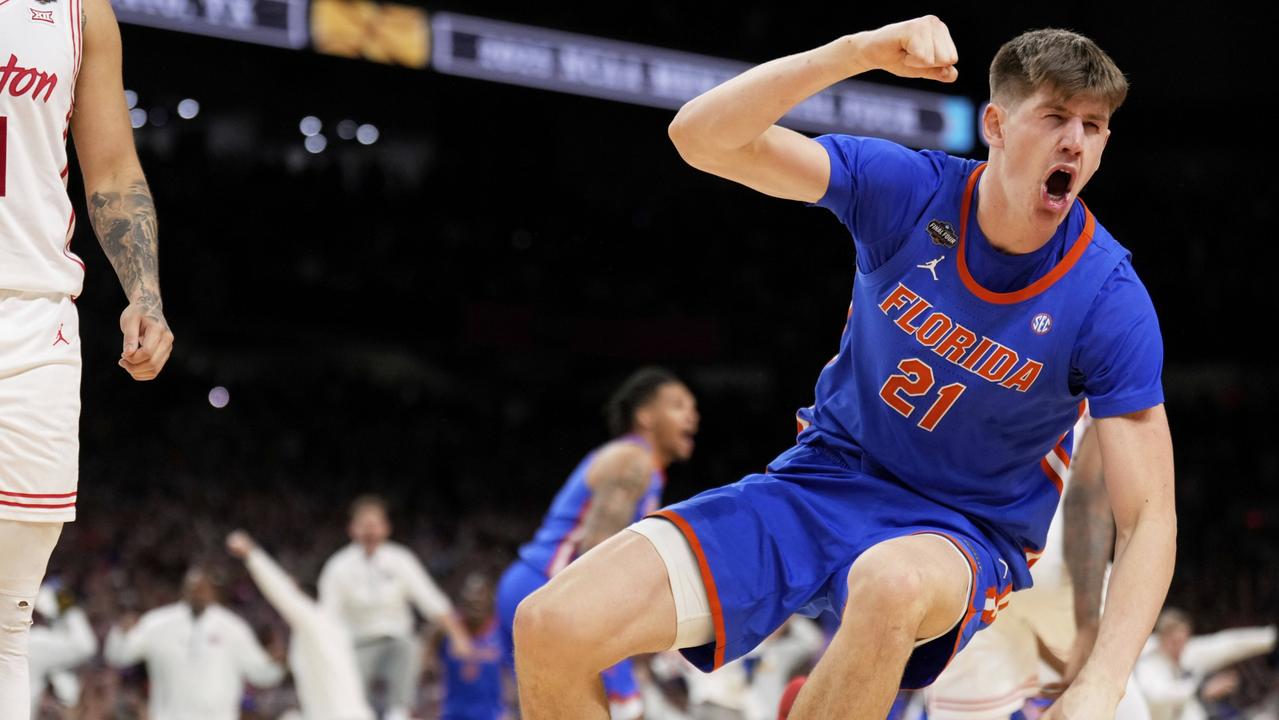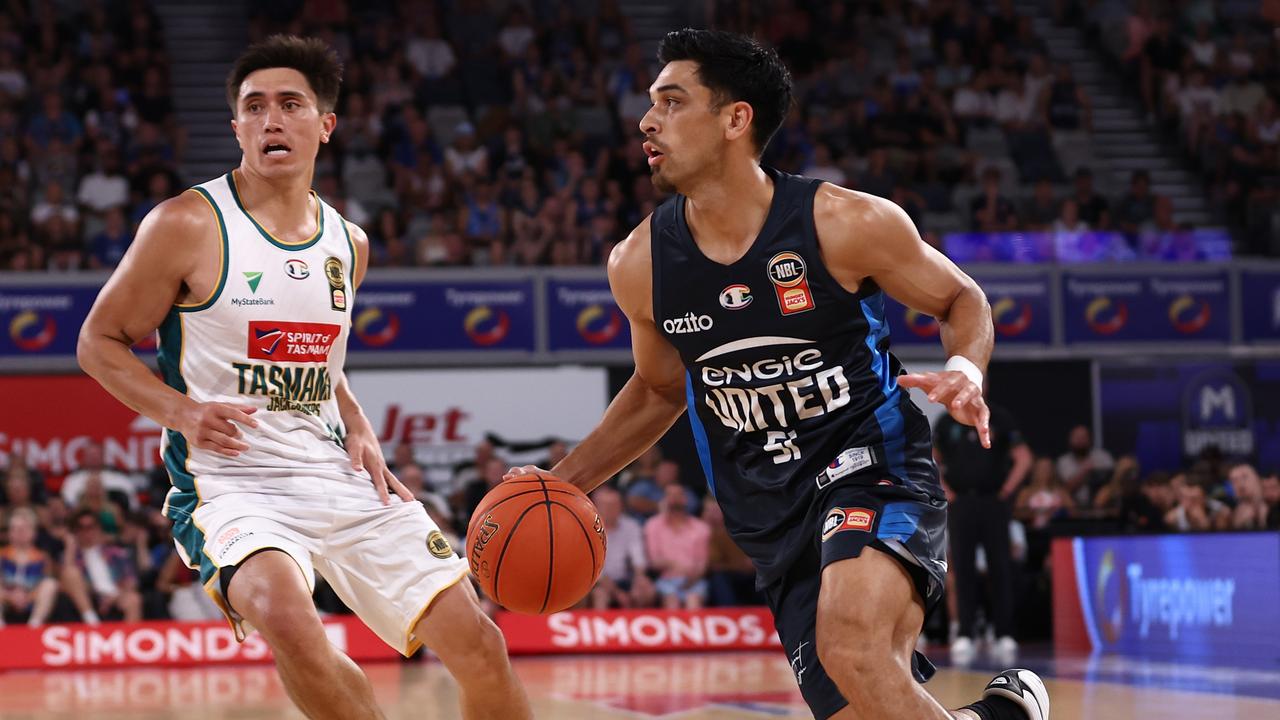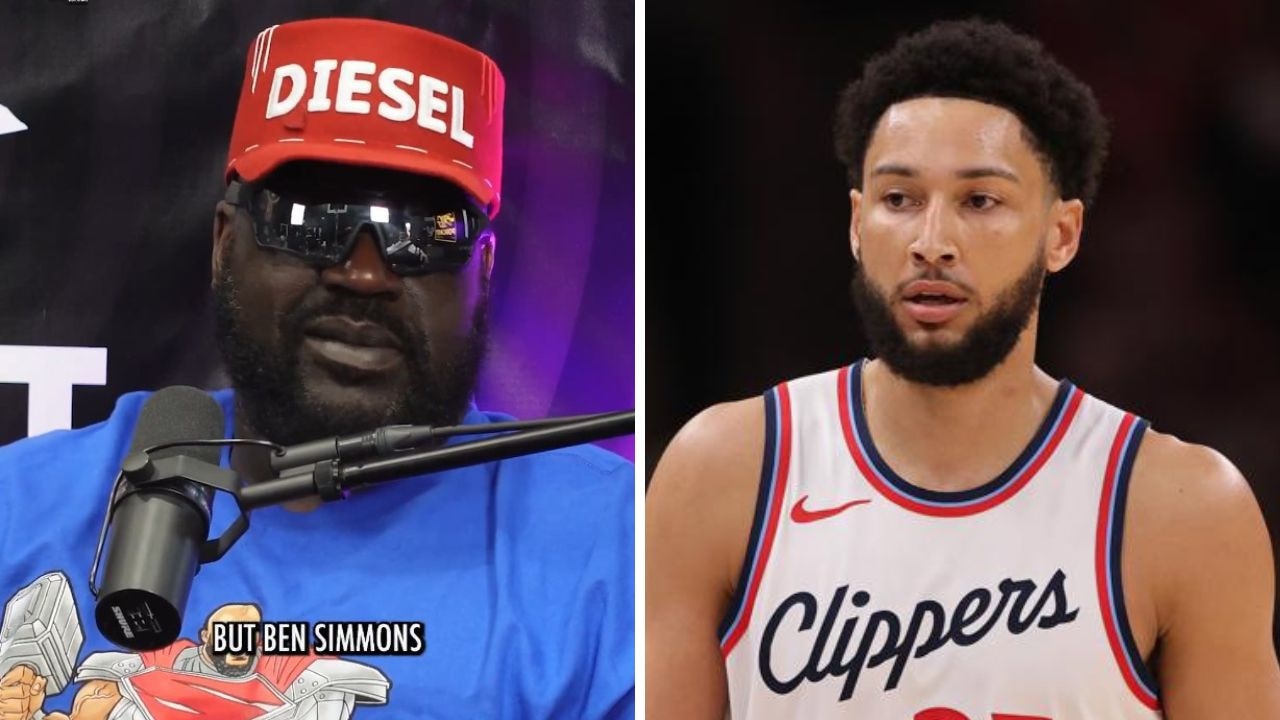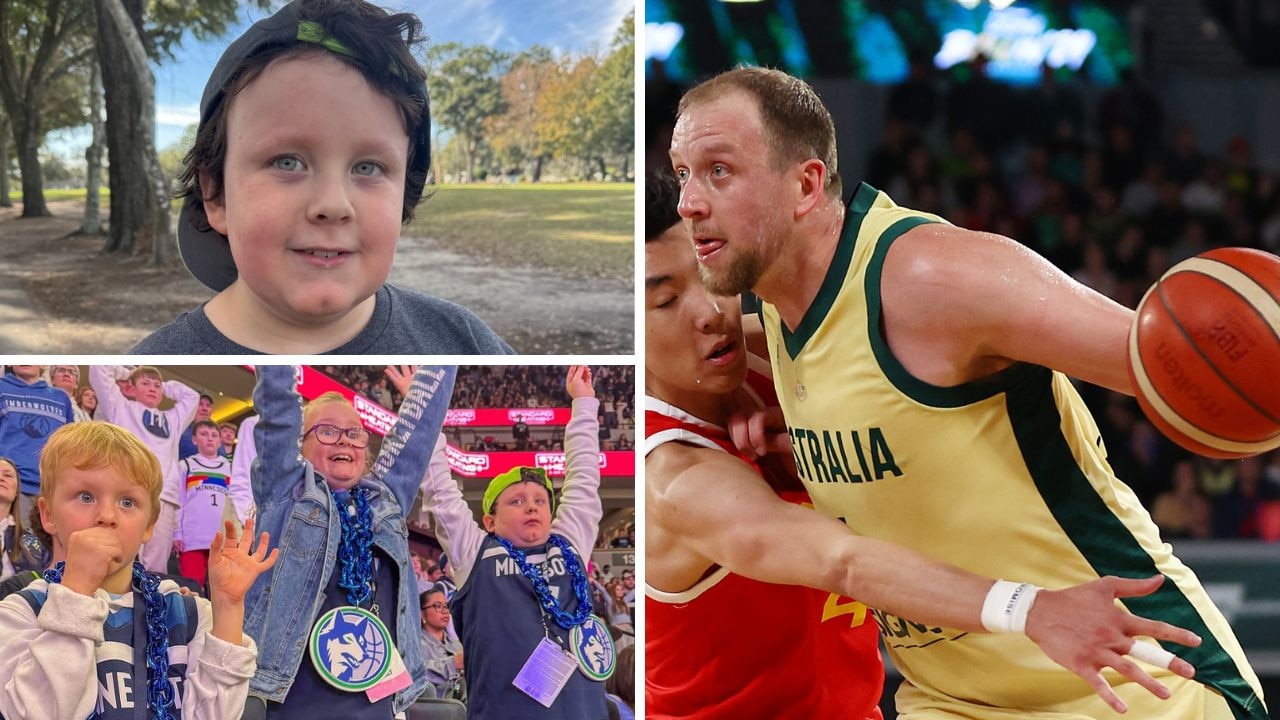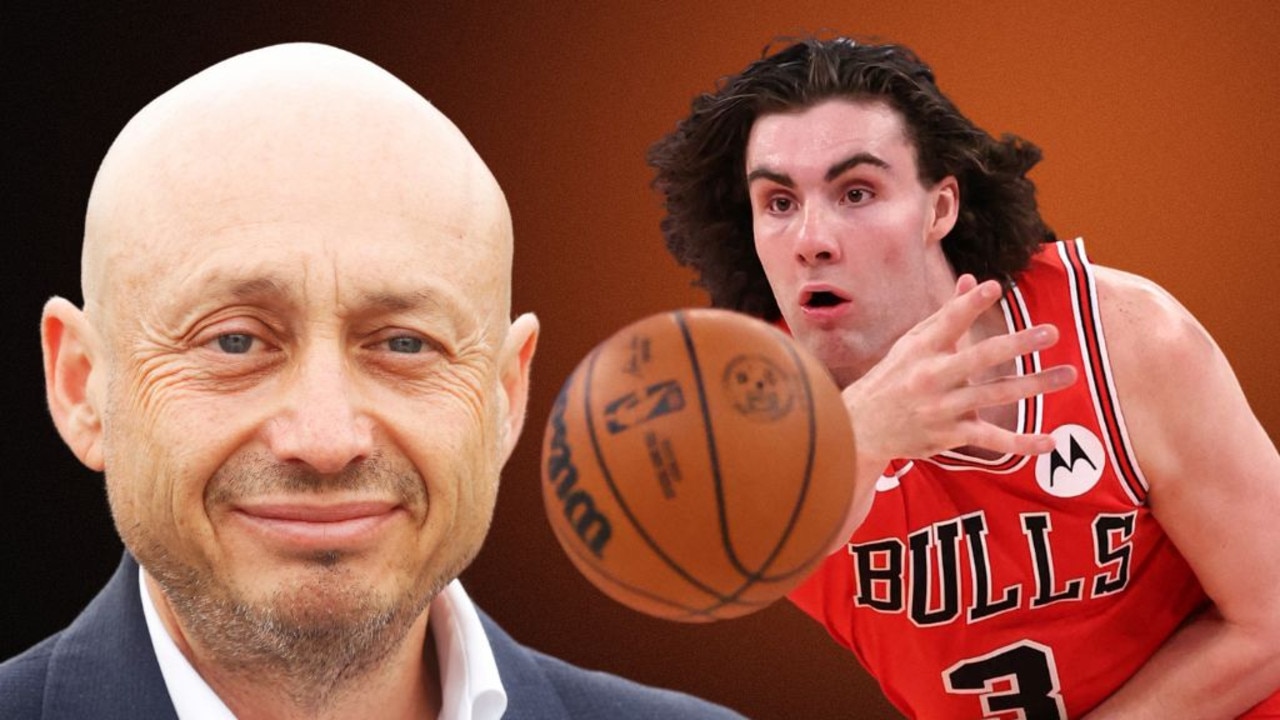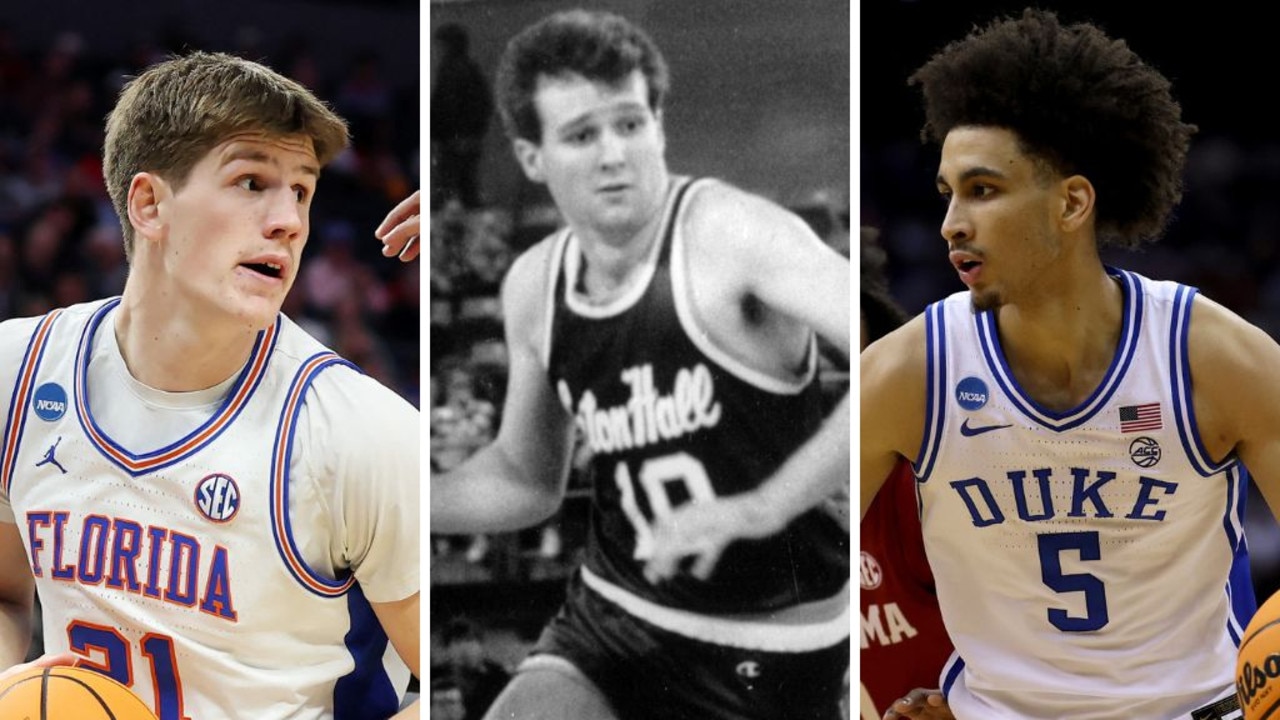NBA 23-24: LeBron James, Steph Curry, Kevin Durant still contending for titles with NBA’s Gen Z
Generation Z were meant to be taking control of the NBA, but as ROBERT O’CONNELL explains, stars in their mid-30s who once would have been phased out are still driving title contenders.

Basketball
Don't miss out on the headlines from Basketball. Followed categories will be added to My News.
After his Los Angeles Lakers lost a two-point game to the Denver Nuggets, ending their season in the Western Conference Finals last May, LeBron James considered his place in the sport and his relationship to the passage of time.
At a podium in L.A.’s Crypto.com Arena, James ran his fingers over his beard and raised the spectre of retirement. “Just for me, personally, going forward with the game of basketball,” he said, “I’ve got a lot to think about.”
To nobody’s surprise — the media-stirring sign-off is as much a hallmark of James’s career as the tomahawk jam — the 38-year-old four-time MVP has returned for his 21st season, which will open Tuesday night in Denver with a rematch of the series that sent the Lakers home. Why wouldn’t he? If James isn’t quite at his peak, he’s enjoying a luxurious descent; oddsmakers have pegged Los Angeles as the fifth-likeliest 2024 champion.
There has never been a better time to get old in the NBA — and never a more daunting time to be young. Joining the Lakers among title favourites are the Golden State Warriors, led by 35-year-old cornerstone Stephen Curry, and the Phoenix Suns, who in February traded a trove of young players and draft capital for the now-35-year-old Kevin Durant. The Gen Z stars who expected to inherit the league have instead spent the first chapters of their careers trying to wrestle it out of their predecessors’ grips.
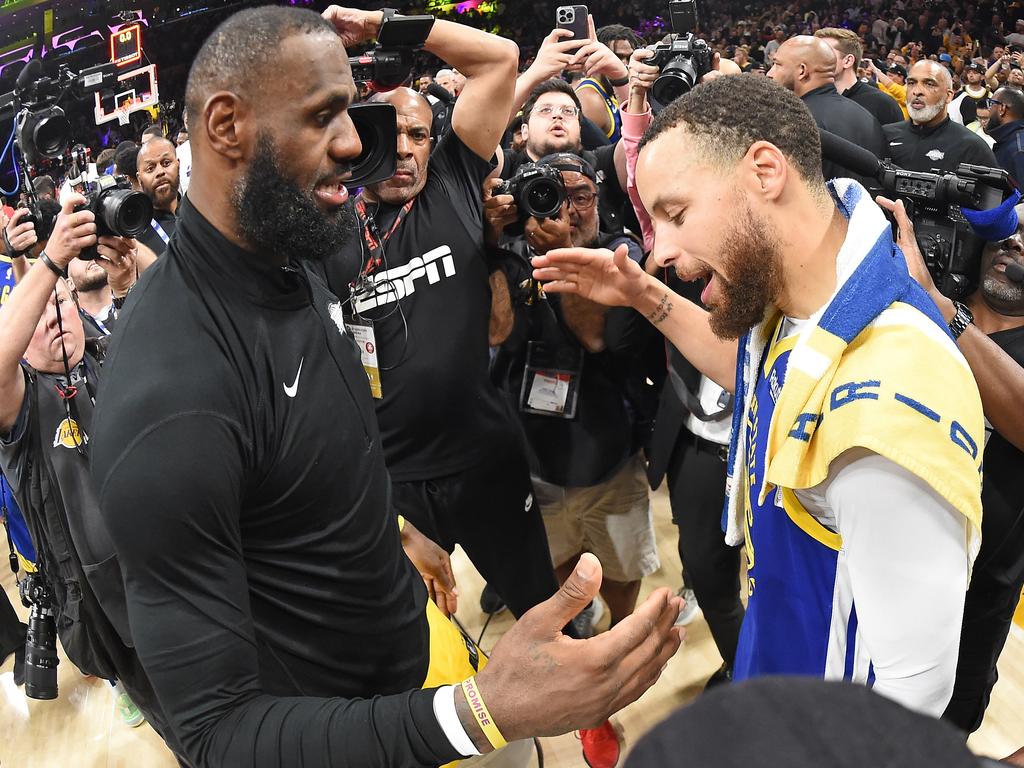
“It’s unbelievable, to be honest,” said longtime shooting guard and current TNT Sports analyst Jamal Crawford, of the way his contemporaries have wrecked the ageing curve. “The game is a little less physical — a lot less physical — than it was, but it’s the way they take care of their bodies: hiring chefs, doing yoga, things the last generation wasn’t privy to.”
Durant and Curry aren’t “old” by any conventional metric. (Were they elected to the House of Representatives, they would be the seventh- and ninth-youngest of its 435 members.) In the NBA, though, they’re part of a new gerontocracy.
Well into his mid-30s, by which point smaller guards once downshifted to complementary roles or retired altogether, the 6-foot-2 Curry still sets the standard for long-range marksmanship. In April, he rang up 50 points in a Game 7 to bounce the Sacramento Kings, led by 25-year-old De’Aaron Fox, from the playoffs. Durant has a torn Achilles tendon on his medical ledger, an injury that almost always turns NBA players into blurred Xeroxes of their former selves. He has averaged more points since the surgery to repair it than he did before.
When Ray Allen, the shooter whose 3-point record Curry broke in 2021, was 35, he was in his final All-Star season. When Kobe Bryant returned after an Achilles tear, he did so without his trademark burst. At James’s current age, Michael Jordan was a Washington Wizard.
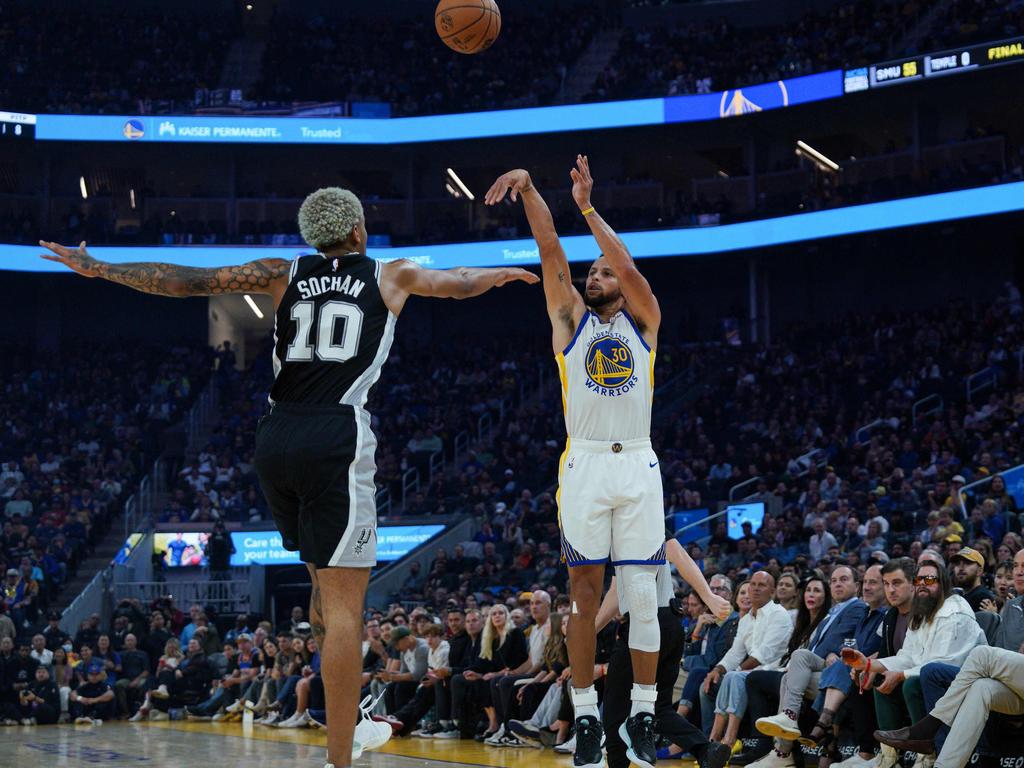
The staying power of the aughts’ icons comes in part from the same outlier status that made them so effective to begin with. Curry does most of his work far from the cluttered area around the rim; the way he crisscrosses from spot to spot makes him a cardiovascular marvel and spares him the bumps and crashes that add up to knock guards out of the sport. Durant stands nearly 7 feet tall, and his go-to move — a fading, full-stretch jump shot — doesn’t suffer for slight losses of athleticism.
James, not only the leading scorer in NBA history but also fourth on the league’s all-time assist list, simply has skill to spare. In a slower and slightly more ground-bound state, he remains strong enough to shoulder through most any opponent and keen enough to knife a pass against the grain of a rotating defence.
“I prepare my mind, my body and my soul to go out there and be available to my teammates,” James said earlier this month, as the Lakers got training camp under way.
This generation of stars is also the first to benefit fully from an evolved understanding of nutrition and performance science. Crawford, 43, recalled his wife, midway through his career, introducing him to the notion that drinking water might be beneficial. “She did it with those flavour packs,” he said, laughing, “and I was like, ‘Oh, this tastes like Kool-Aid.’” Among top players, the revolution has spread to advanced biomechanical monitoring and individualised training programs designed to strengthen what needs it and rest what risks overuse.
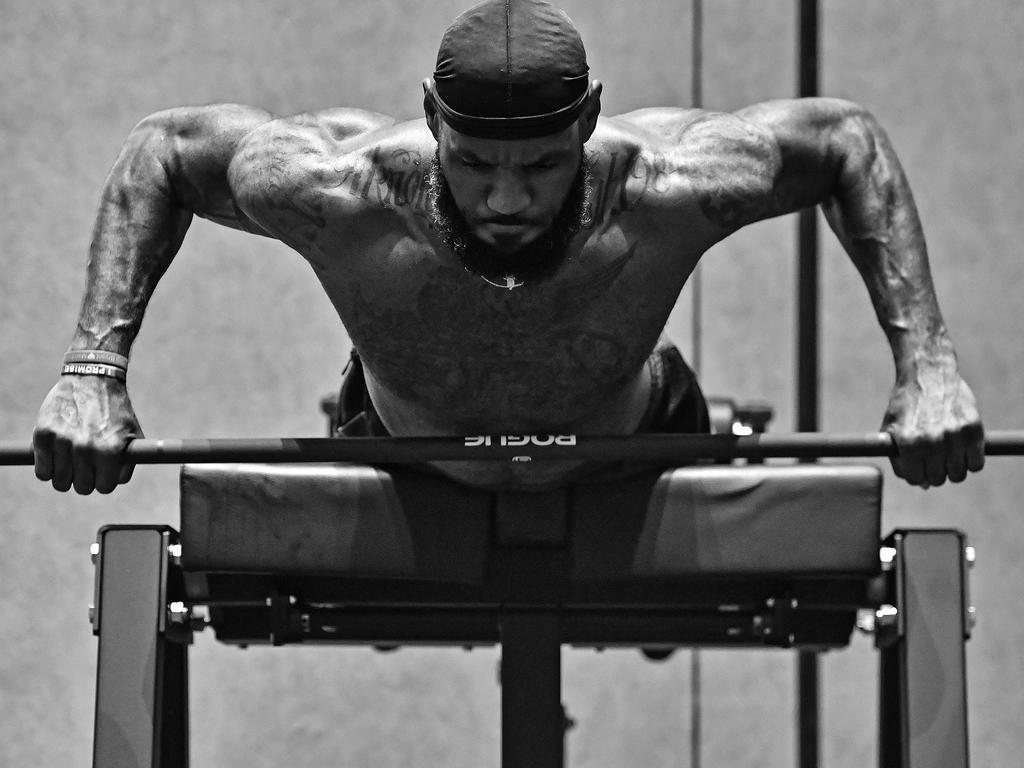
Warriors coach Steve Kerr has called Curry’s care for his body — his building up of a layer of protective muscle, his commitment to conditioning — the key to his longevity. Maverick Carter, James’s business partner, has said James spends more than a million dollars annually on the high-tech upkeep of his frame. (The players also benefit from a basketball culture more accepting than it used to be of time off; none of James, Curry or Durant played in 60 games last season.)
If the endurance of these geriatric millennials is a boon to nostalgic fans, who have recently watched James and Curry trade championships with late-20s stars Giannis Antetokounmpo and Nikola Jokic, it coincides with a Gen Z logjam. The Dallas Mavericks’ Luka Doncic and the Memphis Grizzlies’ Ja Morant, two 24-year-olds slated for superstardom from their first highlights, each backslid on the court in 2023, Morant to a first-round playoff loss to the Lakers and Doncic out of the postseason entirely. Zion Williamson entered the league in 2019 drawing comparisons to James, for the force with which he blasted off from the floor. He has laboured through four injury-plagued seasons and hasn’t yet appeared in the playoffs.
Each player could learn something from his elders. Doncic commands the floor with his shotmaking and passing, but unlike Curry, he rarely plays without the ball in his hands; where the Warriors’ offence flows like water, the Mavericks’ has tended to set like concrete. Morant will serve a suspension during the Grizzlies’ first 25 games this season following a second Instagram video in which he flashed a handgun, the kind of bad publicity that mostly skipped the earlier generation.
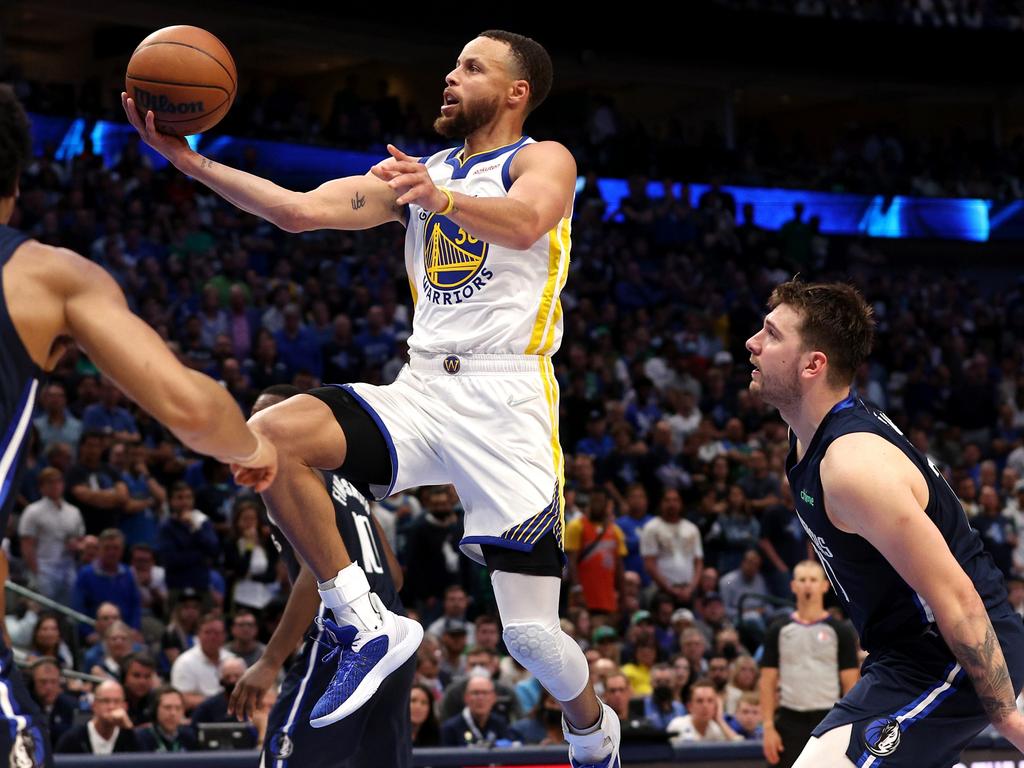
This month, David Griffin — the one-time general manager of James’s Cleveland Cavaliers and now the executive vice president of basketball operations for New Orleans — gave a compliment to Williamson that James never would have qualified for. Of Williamson’s off-season health regimen, Griffin said, “This was the first summer where we’ve seen Zion take his profession seriously like that.”
In slowing down the clock, James, Durant and Curry have raised the barrier to entry. Young players can’t wait for their competition to age past relevance; they’ll have to push them off of the sport’s pedestal. In time, Crawford said, the best of them will rise to the standard. (He named Victor Wembanyama, San Antonio’s super-rookie, in a hopeful tone.)
“You see LeBron up at five in the morning working out. You see KD getting a game in at every gym across the country. You see Steph Curry running sand dunes on vacation,” Crawford said. “There’s no excuse, if you want to be one of the greatest to ever do it.”
– The Wall Street Journal
More Coverage
Originally published as NBA 23-24: LeBron James, Steph Curry, Kevin Durant still contending for titles with NBA’s Gen Z



